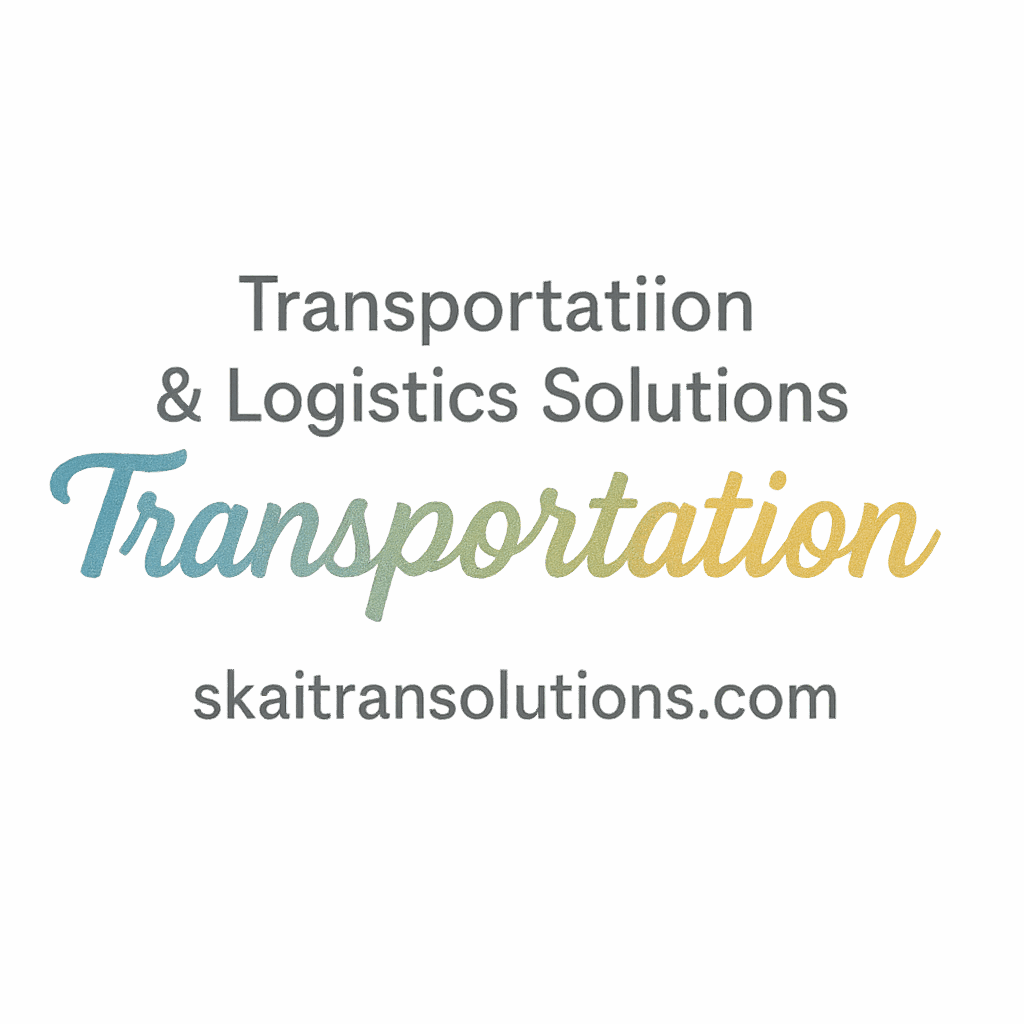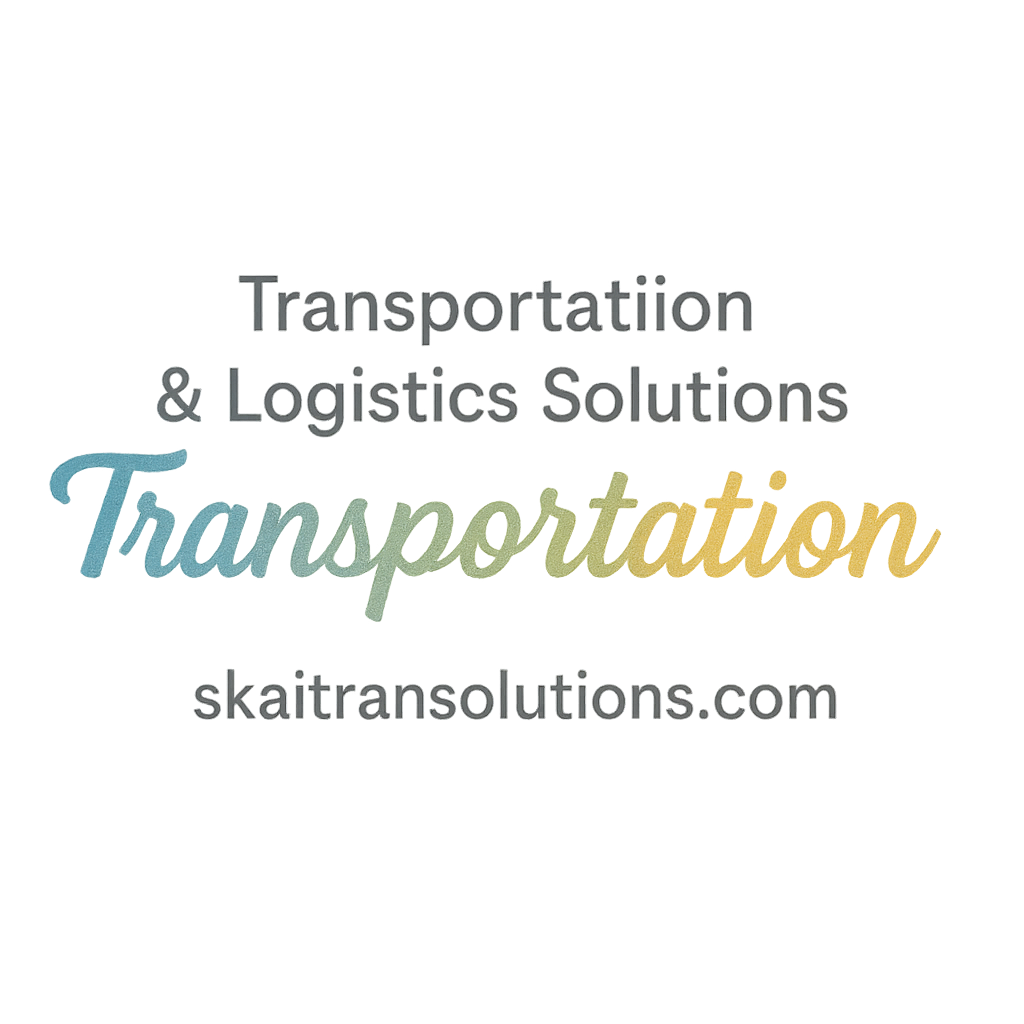Introduction: Why Augmented Reality is Taking Over Warehouses
Augmented Reality (AR) isn’t just for gamers anymore. It’s rapidly becoming one of the most transformative tools in modern warehouse transportation. As the logistics world becomes more tech-savvy, AR is redefining how goods are picked, packed, and moved. Whether you’re a fleet manager or warehouse supervisor, augmented reality solutions for warehouse transportation offer smarter ways to streamline operations, cut down errors, and boost productivity.
What Is Augmented Reality (AR) in Warehouse Transportation?
Definition and Core Technologies
AR overlays digital information onto the real world using devices like smart glasses, tablets, or headsets. In the context of warehouses, it means workers can see pick lists, route directions, or equipment instructions floating right in front of their eyes—no more shuffling through paper or pausing to check handheld screens.
Benefits of Using AR in Logistics
- Increased picking accuracy
- Faster onboarding
- Reduced downtime
- Real-time communication
- Improved inventory visibility
These benefits align with trends in transportation industry insights, where innovation drives efficiency and cost savings.
1. AR Smart Glasses for Hands-Free Navigation
Improving Worker Efficiency
Imagine a warehouse worker walking to a rack while their AR glasses guide them directly to the correct shelf. No guesswork. Just pure efficiency.
Real-Time Data Integration
With AR glasses, employees can receive live updates on stock levels, item availability, and route changes—all without using their hands. This level of integration is critical to modern transportation technology innovation.
2. AR-Powered Pick and Pack Systems
Reducing Human Error in Picking
AR-based pick systems can highlight the exact item location and quantity using visual cues. It minimizes mistakes, especially when handling thousands of SKUs.
Enhancing Inventory Accuracy
By using AR to scan and verify items during picking and packing, warehouses can maintain tighter control over inventory levels. This is crucial for maintaining high-performance logistics and supply chain solutions.
3. AR for Training and Onboarding Warehouse Staff
Safe, Simulated Learning Environments
Instead of traditional classroom training, AR can simulate a real warehouse setting. New employees can practice operations in a virtual environment before hitting the actual floor.
Decreasing Training Time
This not only builds confidence but slashes training times significantly. According to customer experience and safety data, better-trained employees mean safer, more efficient operations.

4. AR-Based Maintenance and Vehicle Checks
Preventive Maintenance in Real-Time
Using AR for vehicle checks ensures maintenance staff don’t miss a step. A headset can display each task—like checking tire pressure or fluid levels—in sequential order.
Visual Step-by-Step Guidance
This solution is especially helpful for newer staff or when servicing new vehicle models. It supports improved safety inspections and prolongs vehicle lifespan.
5. AR in Route Optimization and Fleet Management
Visualizing Routes Inside Warehouses
Warehouses are like mini-cities, and getting from one point to another efficiently is no small feat. AR maps can project optimized routes for workers or autonomous vehicles.
KPIs and AR Dashboards
Fleet managers can visualize key performance indicators (KPIs) in real-time via AR dashboards. It’s not just efficient—it’s revolutionary. For more on route and operations efficiency, see operational best practices.
Integration of AR with IoT and AI
Smart Warehouses of the Future
Combining AR with IoT sensors means even smarter warehouses. Imagine racks that “talk” to glasses, alerting workers about temperature-sensitive goods.
Autonomous Vehicles and AR Synergy
Pairing AR with autonomous guided vehicles (AGVs) allows seamless navigation and obstacle avoidance. Dive deeper into autonomous solutions.
Challenges in Adopting AR Solutions
Cost of Implementation
Let’s be real—AR hardware and software aren’t cheap. However, the long-term ROI from efficiency and cost reduction makes it worth the upfront investment.
Employee Adaptability and Training
Some staff may resist the change. But a gradual rollout and training can ease the transition, especially when they see how much easier AR makes their job.
Best Practices for Implementing AR in Warehouses
Phased Rollout Strategy
Start small. Test AR with one workflow (like picking) before expanding. This minimizes disruptions and builds internal support.
Metrics for Measuring Success
Track KPIs like error rate, pick time, and employee productivity. Monitor these metrics to justify scaling AR use across departments.
Future Trends in AR for Transportation Logistics
AR + Machine Learning for Predictive Logistics
Expect AR to work hand-in-hand with machine learning, analyzing data and suggesting real-time changes in routing, staff allocation, and even fuel usage.
3D Spatial Mapping and Warehouse Design
Planning a new warehouse layout? AR can simulate the space in 3D before a single rack is installed. It helps optimize logistics from the ground up.
Conclusion
It’s no longer a matter of if augmented reality solutions for warehouse transportation will dominate the industry—it’s when. From smart glasses to predictive maintenance, AR is reshaping the way goods move and workers operate. As technology evolves and becomes more accessible, now is the time to explore these innovations for your own logistics operations.
To stay ahead in this evolving landscape, don’t just rely on traditional practices. Check out the latest in strategy, transportation, and vehicles on Skai Tran Solutions to begin future-proofing your warehouse today.
FAQs
1. What are the key benefits of augmented reality solutions for warehouse transportation?
AR improves efficiency, reduces human error, speeds up training, and enhances inventory visibility in real-time.
2. Is AR technology expensive to implement in warehouses?
Yes, but long-term gains in productivity and accuracy typically outweigh the initial investment.
3. Can AR be used with older warehouse systems?
With the right integration tools, AR can work with both legacy and modern systems.
4. How does AR support employee training in logistics?
AR creates immersive simulations, making onboarding faster and safer for new employees.
5. Are AR smart glasses hard to use?
Not really. Most are user-friendly, and workers typically adapt within days of use.
6. Can AR help with warehouse layout design?
Absolutely. AR enables 3D spatial planning for optimizing space and workflow.
7. Where can I learn more about transportation tech innovations?
Visit Skai Tran Solutions Transportation Technology Innovation for expert insights and future-forward solutions.


